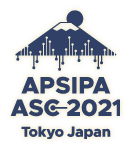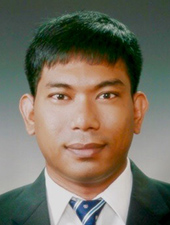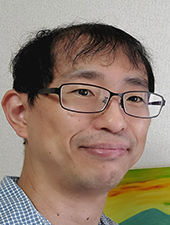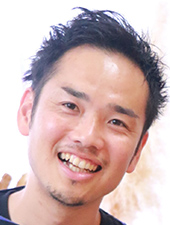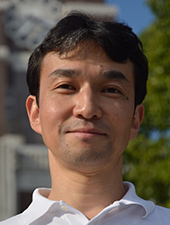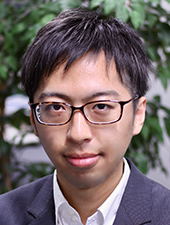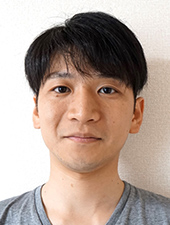- Title
- Speech Perception and Enhancement in Cochlear Implants
- Presenters
- Fei Chen (Southern University of Science and Technology, China), Yu Tsao (Academia Sinica, Taiwan)
- Abstract
-
Cochlear implant (CI) is currently the only medical treatment available to partially restore hearing to patients with profound-to-severe hearing loss, and in recent years, CI has evolved into one of the most profound advances in modern medicine.
In this tutorial, we will first review fundamentals of CI speech perception. Specially, a vocoder model will be introduced to CI model speech perception, which helps to understand the perceptual impacts of important acoustic factors. In addition, combined HA and CI based speech perception will be reviewed, and CI speech perception and coding strategies for tonal languages will be presented. Objective methods to evaluate CI speech perception performance in noise will be introduced, including intrusive measures and non-intrusive measures.
The second part of this tutorial will present existing system architecture and fundamental theories of deep learning based speech enhancement (SE) approaches, and the reinforcement learning and generative adversarial network (GAN)-based SE methods. We will introduce speech enhancement studies to improve CI speech understanding in noise. Due to hearing loss, CI users normally have a reduced hearing range, which requires CI speech processor to compress the dynamic range of temporal envelope. This tutorial will also report some works that conduct adaptive envelope dynamic compression to improve CI speech perception in noise and in reverberation.
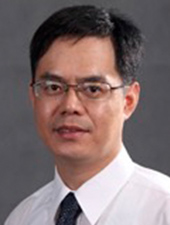
- Fei Chen received the B.Sc. and M.Phil. degrees from the Department of Electronic Science and Engineering, Nanjing University in 1998 and 2001, respectively, and the Ph.D. degree from the Department of Electronic Engineering, The Chinese University of Hong Kong in 2005. He continued his research as post-doctor and senior research fellow in University of Texas at Dallas (supervised by Prof. Philipos Loizou) and The University of Hong Kong. He is now a full professor at Department of Electrical and Electronic Engineering, Southern University of Science and Technology (SUSTech), Shenzhen, China. Dr. Chen is leading the speech and physiological signal processing (SPSP) research group in SUSTech, with research focus on speech perception, speech intelligibility modeling, speech enhancement, and assistive hearing technology. He published over 100 journal papers and over 80 conference papers in IEEE journals/conferences, Interspeech, Journal of Acoustical Society of America, etc. He received the Martin Black Prize for best paper published in the journal Physiological Measurement in 2020, the best presentation award in the 9th Asia Pacific Conference of Speech, Language and Hearing, and 2011 National Organization for Hearing Research Foundation Research Awards in States. Dr. Chen is now serving as associate editor of Biomedical Signal Processing and Control, Frontiers in Human Neuroscience.
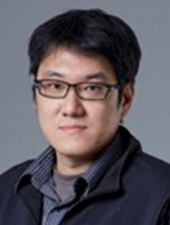
- Yu Tsao received the B.S. and M.S. degrees in electrical engineering from National Taiwan University, Taipei, Taiwan, in 1999 and 2001, respectively, and the Ph.D. degree in electrical and computer engineering from the Georgia Institute of Technology, Atlanta, GA, USA, in 2008. From 2009 to 2011, he was a Researcher with the National Institute of Information and Communications Technology, Tokyo, Japan, where he engaged in research and product development in automatic speech recognition for multilingual speech-to-speech translation. He is currently a Research Fellow (Professor) and Deputy Director with the Research Center for Information Technology Innovation, Academia Sinica, Taipei. His research interests include speech and speaker recognition, acoustic and language modeling, audio coding, and bio-signal processing. He is currently an Associate Editor for the IEEE/ACM Transactions on Audio, Speech, and Language Processing and IEEE Signal Processing Letters and a Distinguished Lecturer of APSIPA. He was the recipient of the Academia Sinica Career Development Award in 2017, the National Innovation Award in 2018, 2019, 2020, Future Tech Breakthrough Award 2019, and the Outstanding Elite Award, Chung Hwa Rotary Educational Foundation 2019–2020.
